List of Zero Debt Companies of Nifty 50 In India

List of Zero Debt Companies of Nifty 50 In India
Debt-free companies are gaining a lot of popularity nowadays. The era of cheap interest rates is ended, and the Reserve Bank of India has made it clear that it is committed to containing inflation and placing a lower priority on growth in the near future. While this poses problems for businesses with high debt levels, those with minimal or no debt are better positioned to move forward since they are free from the stress and risk of having too much debt.
But for the time being, the days of rapid growth are finished as analysts now expect slowflation or possibly stagflation. As a result, businesses would have to cope with slow growth and increased expenses and the worsening effects of high-interest rates.
Should you invest in a debt-free company? Here is the answer
Companies often handle their financial needs through internal cash flow, debt, or stock. According to empirical data, domestically generated cash is the preferred form of finance, followed by debt, while equity is the least favoured source. The accompanying costs are undoubtedly the cause. However, many companies frequently boast that they are debt-free, implying that they either have no debt or very little debt. Let’s talk about whether or not debt-free companies make solid investment prospects.
Advantages of debt-free firms
Companies can communicate to the outside world that they can manage their funding requirements mostly through internally generated cash. Therefore, they are cash-rich enterprises with little or no debt. Due to declining sales and the payment of fixed interest, many debt-heavy businesses experience lower earnings during economic downturns, but firms with no or little debt do not have to worry about this. They are at a low risk of interest rate. Companies communicate their conservatism to the outside world by having less debt on their balance sheets.
Drawbacks of being debt-free firms
These businesses lose out on the “tax shield” to a greater extent since they don’t have the ideal or appropriate quantity of debt. To partially reduce a company’s tax outflow, interest paid by the corporation is treated as an allowable expense under the idea of a tax shield. Additionally, investors may view debt-free companies as being less proactive.
Nature of industry and operational risk
It is quite challenging to avoid taking on debt in capital-intensive businesses like iron and steel, cement, telephony, etc. Since this would balloon the equity and lower returns, equity shareholders might not be ready to support such projects entirely. These industries can more easily raise financing as they have fixed and tangible assets.
Operational risk is typically lower for heavy debt organisations since their consistent revenue and clear profits enable them to provide better returns to equity investors.
Consider the major IT companies with no debt and no interest rate issues. However, they face a variety of hazards, including changes in exchange rates and the state of the economies and labour markets in the US, Europe, and other important export markets. Therefore, the nature of the sector and related risks are crucial.
Valuation and business potential
Debt may be a minor factor in a company’s valuation process, which is mostly dependent on the anticipated free cash flow resulting from the business potential. Without considering the company’s unique characteristics and the dangers involved, it might be incorrect to lump together debt-free and debt-heavy businesses.
Following are the seven zero debt companies in the benchmark Nifty 50 index:
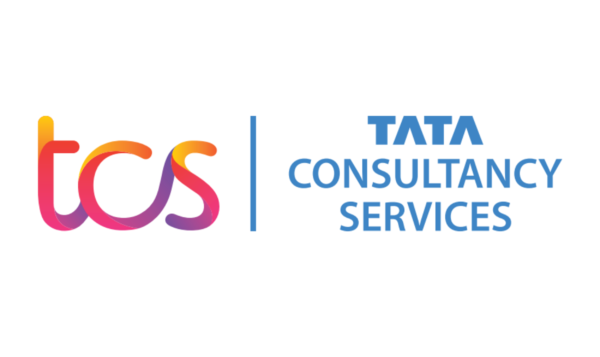
1. Tata Consultancy Services (TCS)
With its headquarters in Mumbai, Tata Consultancy Services is a multinational Indian provider of IT services and consulting. It operates in 149 locations throughout 46 countries as a member of the Tata Group.
TCS is one of the world’s most valuable IT service brands and the second-largest Indian corporation in market capitalisation. TCS, one of the top-ranked Indian corporations and an IT services provider, was ranked 64th overall in the Forbes list of the “World’s Most Innovative Companies” in 2015. It is listed as number 11 on the Fortune India 500 list as of 2018. TCS’s market capitalisation on the Bombay Stock Exchange was 6.793 trillion rupees (equal to 7.7 trillion or US$100 billion in 2020), making it the second Indian company ever to reach $100 billion in market capitalisation and the first Indian IT company to do so (Reliance Industries did so in 2007).
TCS generated more than 70% of the dividends paid out by parent company Tata Sons in 2016–2017, and Tata Sons held 72.05 per cent of the company. In March 2018, Tata Sons sold TCS stock for $1.25 billion in a large transaction. TCS is the first Indian IT company to reach a market capitalisation of $200 billion as of September 15, 2021.
The largest publicly traded firm with no debt on its records is the Indian IT behemoth TCS. With over $26 billion in revenue and a net profit of over $5 billion in FY22, it has a market valuation of around 12 lakh crore.
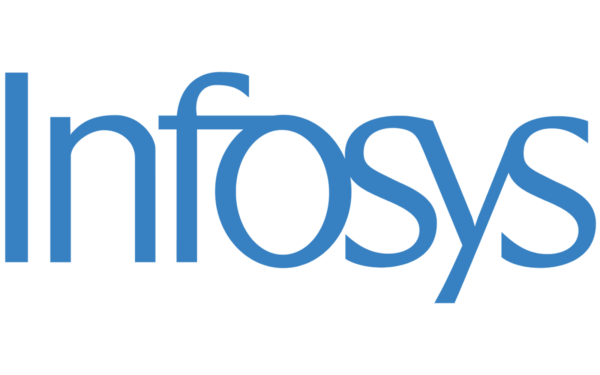
2. Infosys
Infosys Limited is an Indian multinational information technology company that provides business consulting, information technology and outsourcing services. Bangalore serves as the company’s headquarters; it was established in Pune. By 2020 revenue estimates, Infosys will overtake Tata Consultancy Services as the largest Indian IT business.
According to the Forbes Global 2000 list, Infosys would rank as the 602nd largest public company in the world. The company has a CRISIL AAA/Stable/CRISIL A1+ credit grade (rating by CRISIL).
On August 24, 2021, Infosys crossed the $100 billion market value threshold, becoming the fourth Indian firm to do so.
Listing and shareholding pattern
Shares of Infosys are traded in India on the BSE, where they are a component of the BSE SENSEX, and the NSE, where they are a constituent of the NIFTY 50. The New York Stock Exchange lists its shares using American depositary receipts (ADRs).
Since its shares were first listed in June 1993, the shareholding of its promoters has gradually decreased over time. When Infosys became the first organisation with Indian registration to list Employee Stock Option Schemes and ADRs on NASDAQ on March 11, 1999, the promoters’ holdings were majorly reduced. By July 29 2021, domestic institutional investors (DIIs) held 21.98 per cent, foreign institutional investors (FIIs) had 33.39 per cent, and the promoter held 12.95 per cent.
With a market worth of more than $6 lakh crore, Infosys, another IT behemoth, closely follows TCS. It had almost $16 billion in revenue and about $3 billion in net profit in FY22.
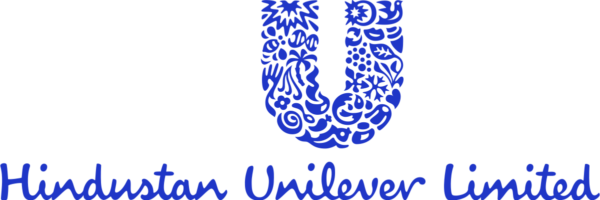
3. Hindustan Unilever
Consumer goods firm Hindustan Unilever Limited (HUL) is based in Mumbai, India. It is a division of the British business Unilever. Foods, drinks, cleaning supplies, toiletries, water purifiers, and other quickly used commodities are some of its offerings.
Hindustan Vanaspati Manufacturing Co. was founded in 1931; in 1956, it merged with other constituent organisations to become Hindustan Lever Limited. As of June 2007, the business is now known as Hindustan Unilever Limited.
Hindustan Unilever’s portfolio included 44 product brands across 14 categories as of 2019. The company employs 18,000 people and has a revenue of 34,619 crores in the fiscal year 2017–18.
In a 1:4.39 all-equity merger agreement announced in December 2018, HUL bought the consumer division in India of GlaxoSmithKline for $3.8 billion. However, the integration of GSK’s 3,800 employees remained problematic because, according to HUL, there was no provision in the agreement for staff retention. After completing all legal processes, HUL concluded its merger with GlaxoSmithKline Consumer Healthcare (GSKCH India) in April 2020.
HUL is the biggest FMCG firm in India, with a market value of more than $5 lakh crore. Thanks to its 44 brands in 14 categories, it generated over $6.5 billion in revenue and $2.4 billion in profit in FY22.
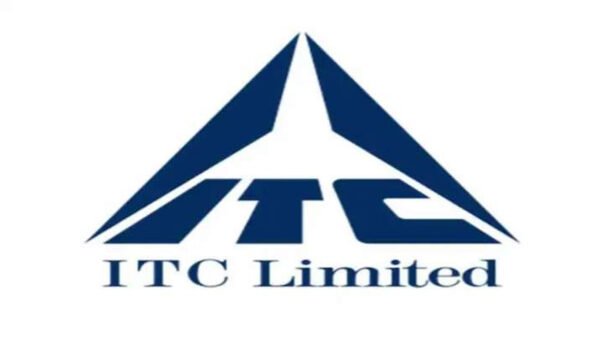
4. India Tobacco Company Limited (ITC)
ITC Limited is a multinational with its main office in Kolkata. ITC is present in many sectors, including FMCG, hotels, software, packaging, paperboards, speciality papers, and agro. 13 enterprises across five market areas comprise the organisation. It exports its goods to 90 different nations. Six million retail locations carry its products.
The Imperial Tobacco Company of India Limited, which was founded in 1910, changed its name to the India Tobacco Company Limited in 1970 and then to ITC Limited in 1974.
The organisation has since changed its name to ITC Limited, where “ITC” is no longer an abbreviation. ITC has a market capitalisation of US$35 billion and an annual turnover of US$10.74 billion as of 2019–20. It has more than 60 facilities across India and 36,500 employees.
The shares of ITC are traded on the Calcutta Stock Exchange, the National Stock Exchange of India, and the Bombay Stock Exchange (CSE).
Global Depository Receipts (GDRs) issued by the corporation are traded on the Luxembourg Stock Exchange. ITC is a component of the BSE SENSEX and NIFTY 50 of the NSE, two of India’s most important stock market indices.
The market value of the tobacco to-paper juggernaut is currently over 3 lakh crore. Because of its involvement in various industries, including paper, tobacco, hotels, and software, the company’s FY22 revenue was $8.4 billion, while its net profit was close to $2 billion. Despite operating in the high CAPEX segment of the hotel industry, it has managed to avoid debt.
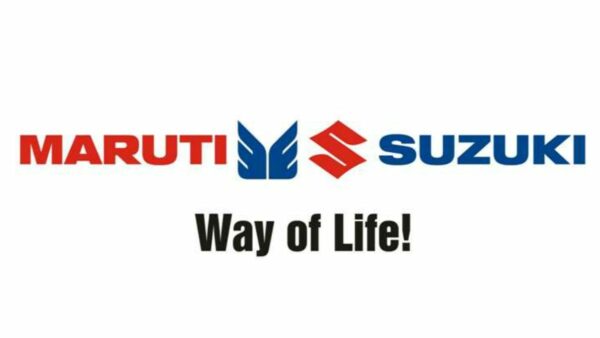
5. Maruti Suzuki India
Maruti Suzuki India Limited, formerly Maruti Udyog Limited, is a New Delhi-based Indian car manufacturer. It was established in 1981 and was held by the Indian government until 2003, when Suzuki Motor Corporation of Japan bought it. Maruti Suzuki has a market share of 44.2 per cent of the Indian passenger car market as of February 2022.
Market Presence
Maruti Suzuki India proudly says it is India’s top automaker and retailer.
Three production facilities are operated by Maruti Suzuki Limited, one each in Gurgaon, Manesar, and Mehsana. Together, the three factories can produce 17 lakh automobiles a year. Models like the Alto 800, WagonR, Ertiga, S-Cross, Vitara Brezza, Ignis, and Eeco are made at the Gurgaon facility. Other models like the Alto K10, Swift, Ciaz, Baleno, Baleno, and Celerio are made at the Manesar facility. A brand-new facility established in Gujarat in 2017 is called Mehsana. This facility can build 250,000 automobiles a year.
There are presently 19 active Maruti Suzuki models on the market. Over the years, this manufacturer has discontinued a number of its current models due to advancements in design and other factors. The well-known models the business retired include the Maruti 800, Maruti 1000, Esteem, Zen, Versa, Zen Estilo, and Ritz.
Due to having no debt on its books, Maruti Suzuki, the largest automaker in India, has successfully weathered the post-pandemic storm and is currently in a comfortable position. One of the nation’s most indebted corporations is its closest rival, Tata Motors. Maruti Suzuki, which has a market worth of 2.6 lakh crore, generated over $11 billion in revenue in FY22, yet its profit was only $497 million.
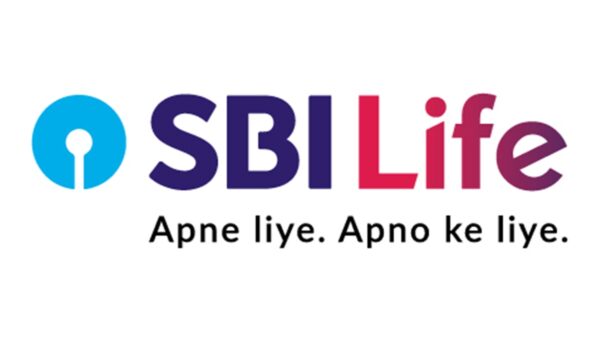
6. SBI Life Insurance
As a joint venture between the State Bank of India (SBI) and the French financial organisation BNP Paribas Cardif, SBI Life is an Indian life insurance company. SBI owns 55.50 per cent of the company, and BNP Paribas Cardiff holds 0.22% of the equity. Value Line Pte. Ltd. and MacRitchie Investments Pte. Ltd. are two other investors, each holding 1.95 per cent of the company, with public investors making up the remaining 12 per cent of the free float. The authorised capital of SBI Life is 20 billion yen (US$260 million), and the paid-up capital is 10 billion yen (US$130 million). Rs. 2,441.8 billion is the AuM.
The business was rated AAA/Stable/P1+ in 2007 by CRISIL Limited, a unit of the international rating agency Standard & Poor’s.
The company was established as a public limited company in Mumbai on October 11, 2000. On November 20, 2000, the RoC issued the company a Certificate of Commencement of Business. On March 29, 2001, the company registered with the IRDAI to conduct a life insurance business. Leading life insurance provider SBI Life is listed on the BSE and NSE (Indian stock exchanges).
In 2001, SBI Life began as a joint venture with BNP Paribas Cardif S.A., the life and property & casualty insurance division of one of the world’s most powerful banks. As of March 31, 2018, the company’s business was primarily conducted through the bancassurance channel, but it worked with other distribution channels, like direct sales, sales through corporate agents, brokers, insurance marketing companies, and other intermediaries. As of this date, the company has a network of agents totalling 108261 Insurance Advisors (IAs) and 825 offices nationwide.
The company provides products for both individuals and groups, including savings and protection plans that meet the insurance needs of many consumer segments, as well as a wide variety of life insurance and pension plans. Assets Under Management (AUM) for the company exceeded $1 billion during the fiscal year 2004–2005, and in January 2005, it introduced a unit-linked product.
It became the first new-generation private life insurance firm to generate a profit in the next fiscal year of 2005–2006, posting a profit after tax of Rs. 2.03 crore. It achieved cumulative breakeven, wiping out all accumulated losses, and expanded its share capital by Rs 500 crore to Rs 1000 crore during the fiscal year 2007–08. Additionally, its Gross Written Premium (GWP) and AUM surpassed Rs 5000 crores and Rs 10,000 crores. During the 2009–2010 and 2010–2011 fiscal years, its GWP reached the significant Rs 10,000 crore mark.
SBI Life’s branch network passed the landmark of 500 branches around the nation, and the firm attained the milestone of profit after tax (PAT) of Rs 500 crores during the financial year 2011–12 as it declared PAT of Rs 556 crore for that year, declaring the first dividend of 5 per cent. During the fiscal year 2012–2013, the company’s AUM surpassed the landmark of Rs. 50000 crore and 750 branches were located throughout the nation.
During the financial year 2015–16, the company’s GWP exceeded Rs. 15,000 crores. The following year, in 2016–17, SBI Life’s renewal premium collection exceeded Rs. 10,000 crore. During that same year, two businesses—Value Line Pte Ltd. and McRitchie Investments Pte Ltd.—bought stakes in the business from SBI, totalling 1.95 per cent each.
The largest bank insurance subsidiary in India has a market value of $1.08 trillion. It had $10.6 billion in revenue for FY22 and $193 million in net profits.
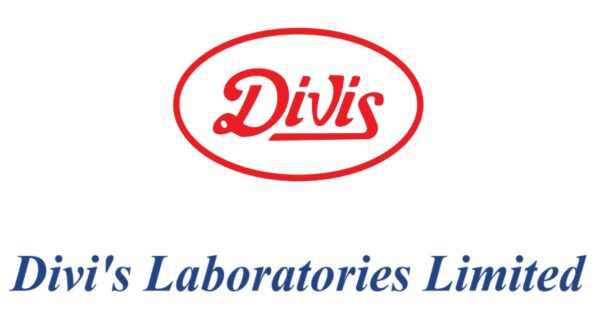
7. Divi’s Laboratories
Active pharmaceutical ingredients (APIs) and intermediates are produced by the Indian multinational pharmaceutical business Divi’s Laboratories Limited, which has its headquarters in Hyderabad, Telangana. The business makes generic APIs, intermediates, and ingredients for nutraceuticals on-demand. According to market capitalisation, Divi’s Laboratories is India’s second-most valuable pharmaceutical firm.
Divi’s Research Centre gave birth to Divi’s Laboratories in 1990. The business initially began creating industrial procedures for producing APIs and intermediates. In 1994, Divi’s Research Centre changed its name to Divi’s Laboratories Limited to indicate that it intended to enter the production of APIs and intermediates. After that, the business built its first manufacturing facility at Choutuppal, Telangana, in 1995. The second production facility of the business opened its doors in 2002, close to Visakhapatnam in Chippada.
With its IPO, the company went public on February 17, 2003. The business opened a research centre in Hyderabad in 2010.
Products and services
Active pharmaceutical ingredients (APIs) and intermediates
Between 60 and 85% of the generic Naproxen, Dextromethorphan, and Gabapentin API markets are held by Divi’s Laboratories. Currently, the business controls between 20 and 30 per cent of the global market for methylamine and pregabalin APIs. The company produces APIs that are backwards compatible.
Custom synthesis
Contract development and manufacturing (CDMO) and contract research and manufacturing services are offered by Divi’s Laboratories’ custom synthesis division (CRAMS). Six of the top ten largest global pharmaceutical corporations are some of the company’s clientele.
The only debt-free pharmaceutical company on the list is Divi’s Laboratories, which has a market worth of just over 96,000 crore. The manufacturer of generic drugs and dietary supplements reported FYY sales of $1.2 billion and a net income of $378 million.
edited and proofread by nikita sharma




